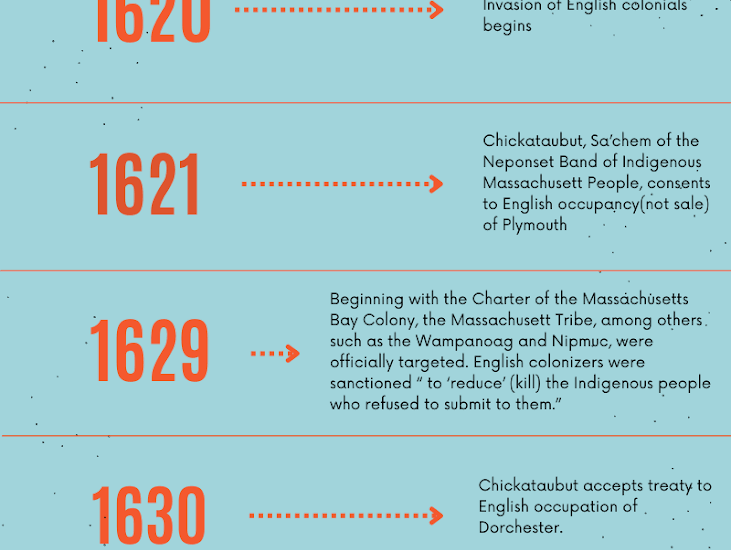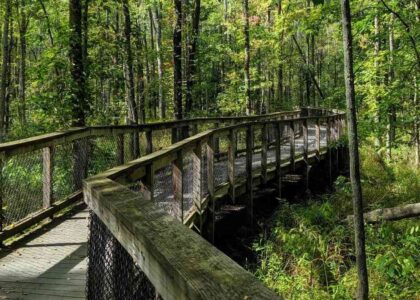Welcome to the early history of Cambridge, Massachusetts, a place steeped in rich narratives and pivotal events that have shaped not only the local area but also the broader tapestry of American history. Our journey begins in the year 1630 when Cambridge was initially founded by the Puritans who had left England seeking religious freedom. Originally known as Newtowne, it was intended to be the capital of the Massachusetts Bay Colony. Its strategic location along the Charles River made it an ideal settlement.
As you stroll through this historic town, imagine the early settlers laying out their streets in a grid pattern, a reflection of their desire for order and community. By 1636, the town had adopted the name Cambridge, in honor of the University of Cambridge in England, a nod to the intellectual aspirations of its founders. This was the same year that Harvard College, now a world-renowned university, was established to train clergy for the new colony.
Fast forward to the 18th century, Cambridge became a hotbed of revolutionary activity. One of the most notable events was the Siege of Boston, which began in April 1775. General George Washington took command of the Continental Army in Cambridge, using the Vassall House as his headquarters. As you pass by 159 Brattle Street, imagine Washington strategizing with his officers, laying the groundwork for American independence.
This address also has connections to the loyalist perspective of the American Revolution. It was the home of John Vassall, a loyalist who fled to England at the onset of the war. The house later became the residence of Henry Wadsworth Longfellow, one of America’s most famous poets, who immortalized many of these historical events in his writings.
Moving into the 19th century, Cambridge evolved into an intellectual and cultural hub. The presence of Harvard attracted scholars, writers, and thinkers who contributed to the American Renaissance. The city became a melting pot of ideas, where the seeds of transcendentalism were sown by figures like Ralph Waldo Emerson and Margaret Fuller.
Today, Cambridge stands as a testament to its layered history. Its streets, lined with colonial-era architecture, tell stories of ambition, conflict, and innovation. As you explore, consider how this city has continuously adapted and thrived, contributing to the academic and cultural life of the United States.
In closing, Cambridge is not just a historical site but a living community that embraces its past while looking forward to the future. It serves as a constant reminder of the complex narratives that have shaped our nation and continue to influence our identity.




